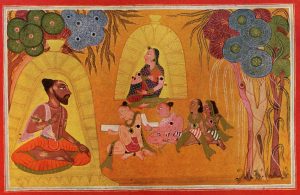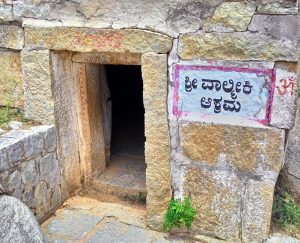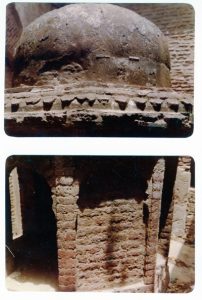THE LEGEND OF LAVA AND KUSHA IN HINDU MYTHOLOGY
NOT EVEN THE REMOTEST LINK WITH OUR CITY LAHORE

Someone creates a fairy tale and then that fairy tale is repeated so often that general perception is that it is the truth. Anjum Rahmani has recently written a book on Lahore, published by Oxford University Press, and the first scholar to outright dismiss the concept. Others have avoided reference to same all the time. What has Loh to do with our city. In fact in ancient text the name is not even Loh, it is known as LAVA. The trial of Sita had started as to the parentage of her sons, the two brothers, and it was at the dera of a hermit, that she was proven innocent of fidelity charges brought on by the people in those times. It seems bad people were around all the time.

The Hindu scholar M.S. Randhawa writes, and we literally quote him:
“After many fiercely contested battles, the city of Lanka was taken. Ravana killed and Sita rescued. Rama had doubts about the purity of Sita; he received her coldly and refused to take her back. Sita proved her innocence by the ordeal of fire; she entered the flames boldly and the god Agni led her forth placing her in Rama’s arms unscathed.
Some of the subjects of Rama continued to doubt the purity of Sita and hearing reports of scandalous conversation of a washerman and his wife, Rama sent Sita to the hermitage of Valmiki. There her twin sons , LAVA and KUSHA were born. “
The tale continues, but our subjects are there for analysis. We require no more.
The names are not LOH and KASU, but LAVA and KUSHA. Where did the legend of same came to the city of Lahore and Kasur. For the first time, it was ascribed to the work KHULASAT AL-TAWARIKH by MUNSHI SUJAN RAY BHANDARI of Patiala. If we study STOREY work on Persian Literature, we find very few copies written in 18th century, and many of them are not complete. The work was written in 1695-96, but no one has researched on same. In the 19th century various translations were made and many manuscripts were found. It would be valid to see the reference of Loh and Kasu starts from where and ends where? Suffice it is a premise not mentioned before in history but later British writers and writers in British period were quick to adopt same. Information is tested not taken point blank without research. If it was said, Sujan Ray has quoted no authority for his statement.

The Mandir of Loh in the Lahore Fort seems a continuation of the British Divide and Rule policy. If it really was 3000 years old, it would be way beneath the surface of the Lahore Fort, not standing par with it. And before the repairs, one can see it is made of British bricks, and not even Sikh Architecture. Research is required who manufactured the Mandir of Loh for public consumption. Our job is to point out possibilities for research. The Mandir of Loh is an artificial creation of the times. The origin and foundation of Lahore is discussed b y many writers. For us the present city is the city of MAHMUDPUR founded by Sultan Mahmud Ghaznavi and populated by Malik Ayaz. And we have actual coins of that period to prove that statement. Well done researchers!


Incredible and research possibility.